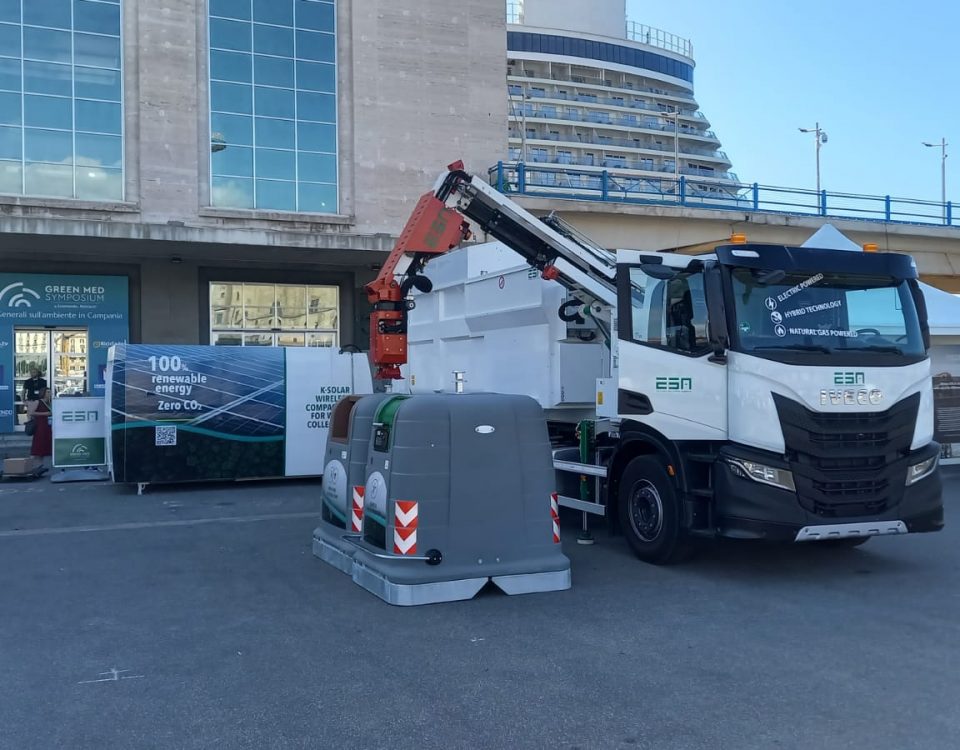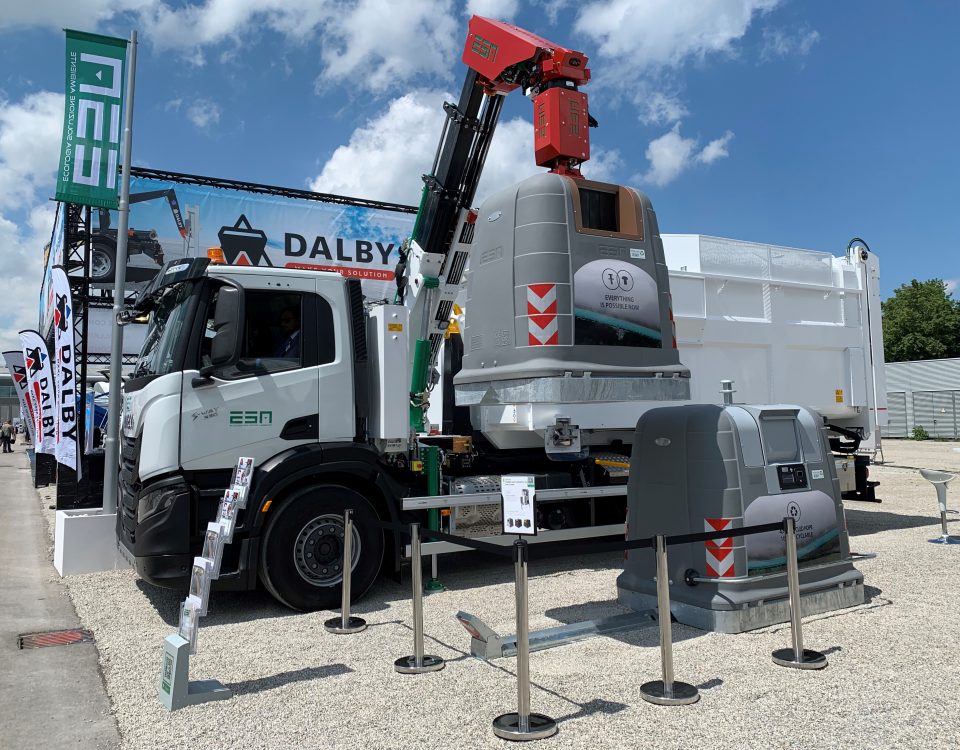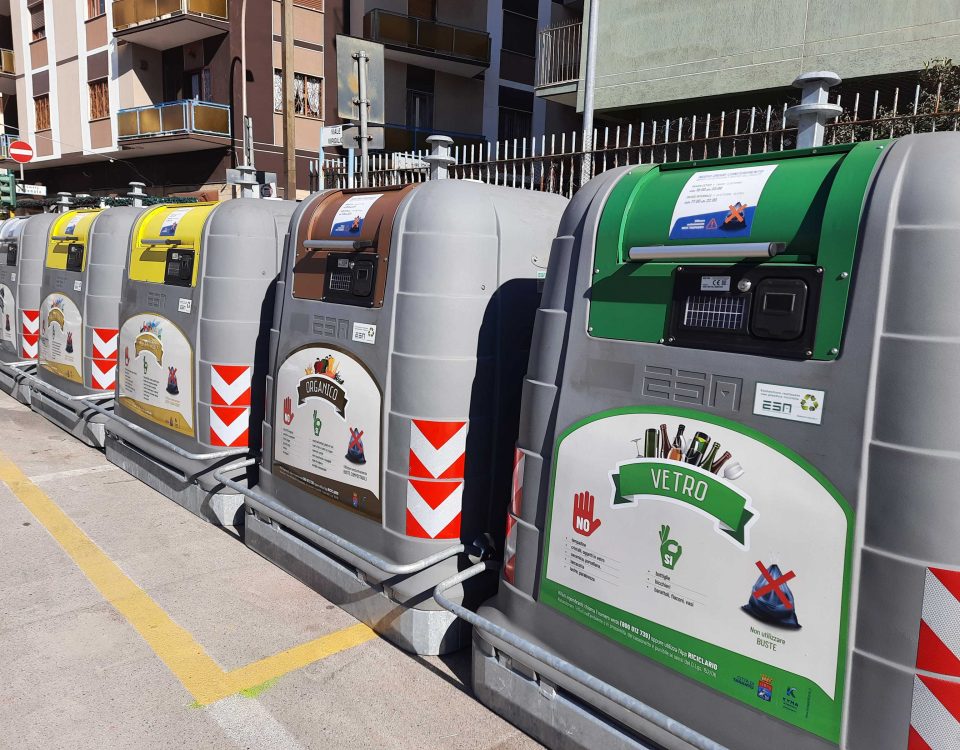Recycled HDPE: separate collection made sustainable
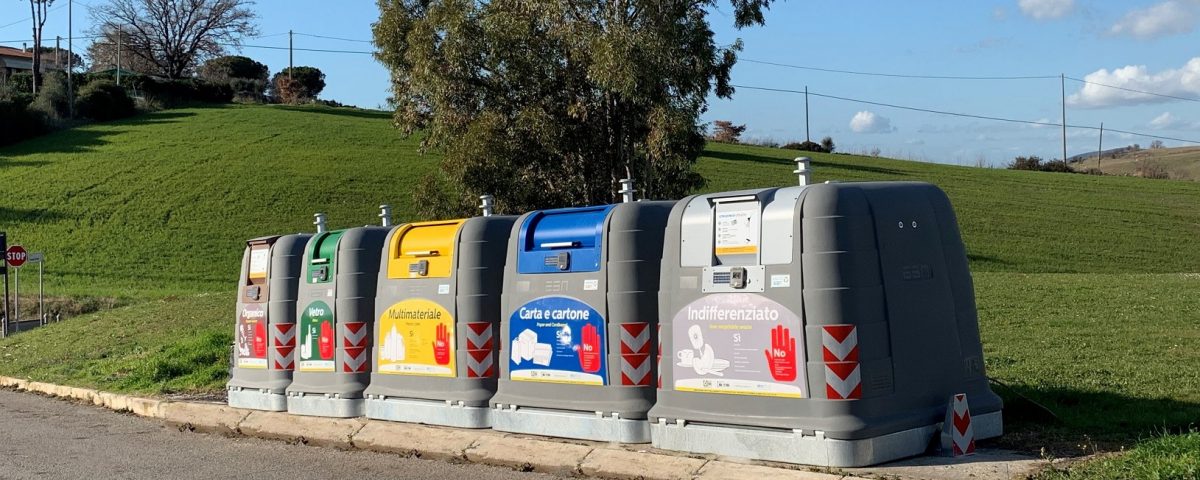
2AS containers: all the advantages of recycled HDPE for separate collection
Technological solutions and respect for the environment are the principle on which Ecologia Soluzione Ambiente philosophy is based and which form the foundation of the 2AS System, an innovative modular robotic system for bilateral waste collection, single-man operated, which, thanks to the various set-ups and combinations proposed, adapts to the needs of all customers.
The same system also includes a wide range of above-ground containers for separate waste collection, equipped with Kinshofer hook and made of recycled high-density polyethylene (HDPE). “The advantages of this choice are numerous”, says Enrico Benedetti, President of the Company.
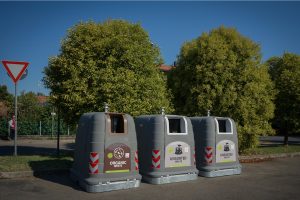
Being built with elements that reduce noise emission, polyethylene containers are quieter than others. This type of material – in general all plastic – is resistant to chemicals, water and saline solutions, and therefore retains its integrity better, even when exposed to high or low temperatures. “Then there are key factors to consider in the waste cycle that go in favor of this solution – underlines Benedetti – The polyethylene makes the product watertight and prevents leaks of percolating substances, which is very difficult, if not impossible, with others. containers. And, again, polyethylene has a thermal conductivity ten times lower than traditional materials; not heating up in the sun therefore allows a better conservation of the organic waste”.
Sustainability
The use of plastic is often criticized when it comes to environmental sustainability. The sore point of polyethylene – which he fights insistently – is its dispersion into the environment.
“However – points out the ESA President – it must be considered that the dispersion of plastics mainly concerns small and common / domestic products, not large monolithic products, which obviously are much less subject to dispersion in microplastics or abandonment” . Furthermore, again speaking of respect for the environment, polyethylene is a mono-material polymer (i.e. composed of a single type of plastic). “This purity of the material allows it to be 100% recycled”, highlights Benedetti.
Elasticity
The elasticity that characterizes polyethylene ensures that, in the event of accidental blows (an unusual release of the robot or a hit by a car while parking), the containers do not deform and do not dent. Even the vehicles are never damaged by contact with the container, which is quite usual, especially in heavily trafficked cities, where parking becomes almost a challenge. Furthermore, polyethylene is not a sharp material and this avoids all injuries, both for professionals and for citizens.
Lightness
Often the user who throws out the garbage has to force himself to open the lid, which is very heavy. The polyethylene container overcomes this problem, being very light and supporting only the steel of the loading point, the internal mechanisms and the bascules. With the same type of product compared to other materials, HDPE facilitates the action of the robot.
Aesthetics and design
The cleanliness of the streets and public spaces is a fundamental element of urban decor and is guaranteed by the containers, placed on the sidewalks and in the squares, which are emptied daily. The appearance of the containers also affects this. “Polyethylene is produced already intrinsically colored – explains the President – the containers, therefore, do not need to be painted, keep the color longer and are more pleasing to the eye. They represent the best choice from an aesthetic and environmental point of view. Also as regards the design, the polyethylene can be personalized with an indelible thermo-imprint. Last but not least – he concludes – cleaning and maintenance operations on a polyethylene container are easier ”.

